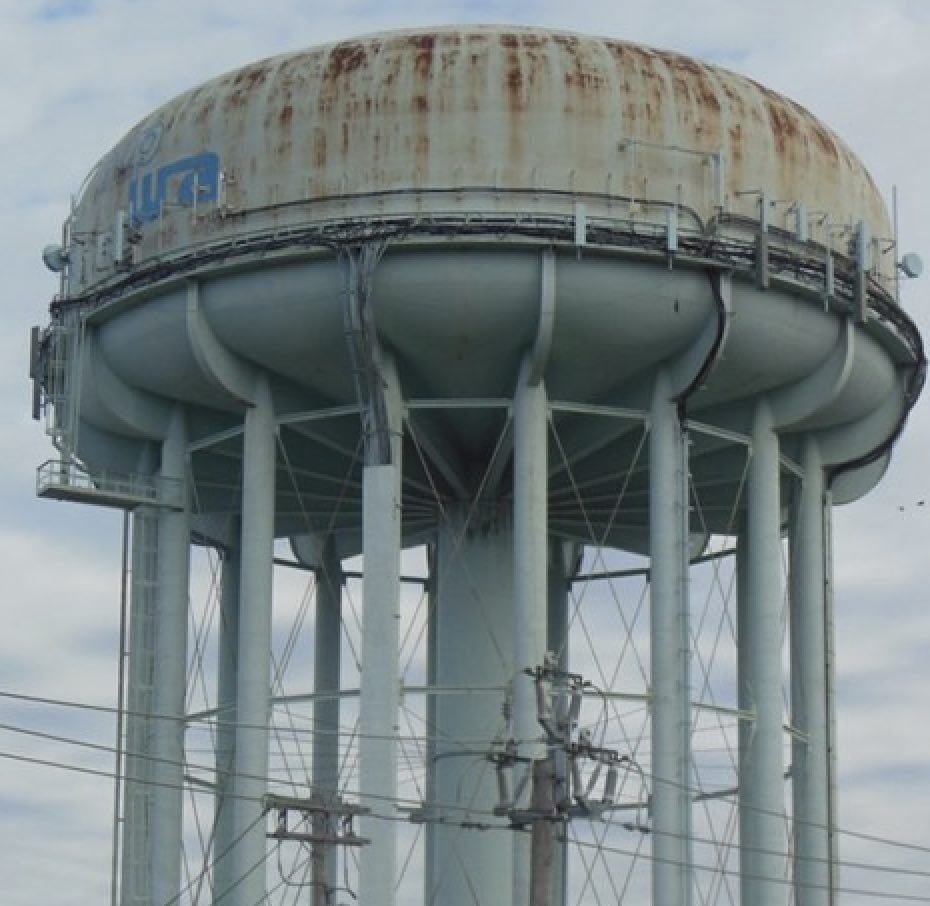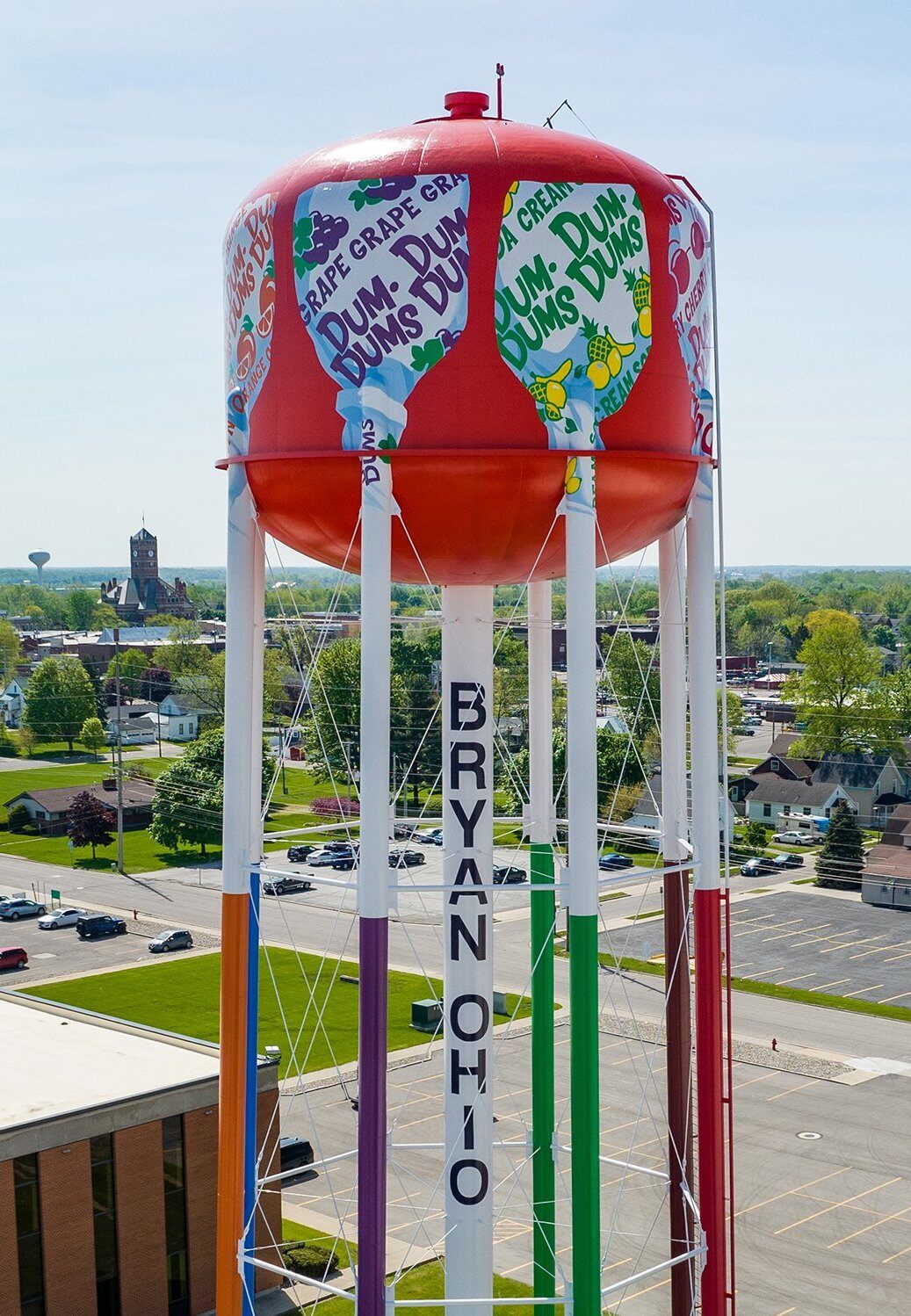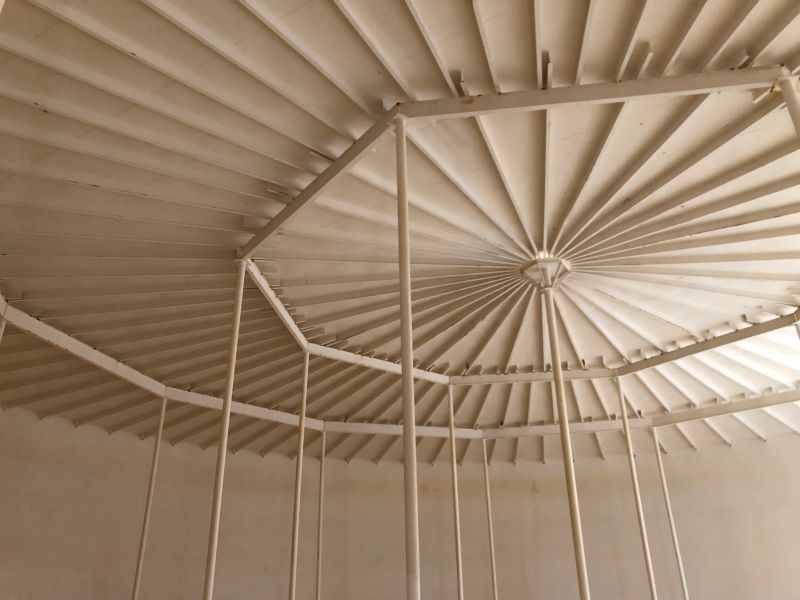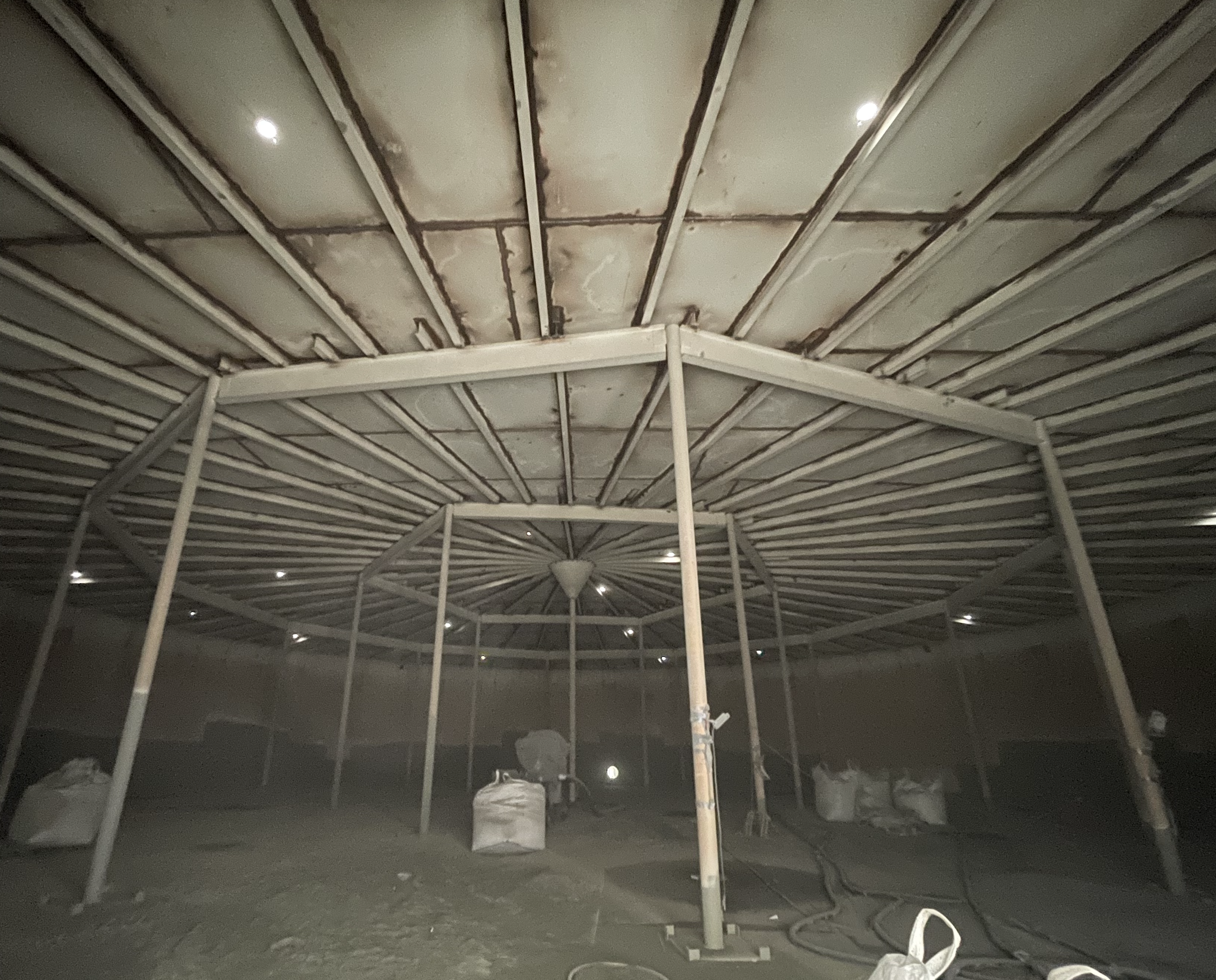
Rehabilitation Coatings for Aging Water Tanks
Ensuring the longevity and safety of water tanks is crucial for maintaining a reliable water supply infrastructure.
- Rick Gilbreath
REHABILITATION COATINGS FOR AGING WATER TANKS
Ensuring the longevity and safety of water tanks is crucial for maintaining a reliable water supply infrastructure.
The Importance of Water Tank Maintenance
Maintaining potable water tanks is essential for ensuring the safety and reliability of our water supply systems. These tanks play a critical role in storing and delivering clean water to communities, and any compromise in their condition can have serious repercussions. Aging tanks, if not properly maintained, can develop a range of issues such as leaks, corrosion, and structural weaknesses. These problems not only compromise the quality of the water stored within but also threaten the overall integrity of the water supply infrastructure.

To mitigate these risks, regular inspections, thorough cleaning, and timely rehabilitation are crucial. Inspections allow for the early detection of potential problems, enabling proactive measures to be taken before issues escalate. Cleaning helps to remove any build-up of sediments or contaminants that could affect water quality. Timely rehabilitation, which may include repairing or replacing damaged components, ensures that tanks remain in optimal condition. By investing in these maintenance activities, municipalities and utilities can effectively safeguard public health by ensuring that the water supply remains uncontaminated and reliable. Moreover, such investments help to ensure a continuous supply of clean water, which is vital for the well-being of communities and the efficient functioning of various sectors that depend on water.
Overcoat Systems vs. Full Coating Removal
One common approach to rehabilitating aging water tanks is the use of an overcoat system, like Tnemec Series 118 Unibond, which involves applying a new coating over the existing one. This method is particularly advantageous because it is less invasive, meaning that it does not require the complete removal of the old coating, which can be a time-consuming and labor-intensive process. By simply adding a new layer, the overcoat system can be implemented more quickly, thereby minimizing downtime and reducing labor costs. This makes it an attractive option for projects that need to be completed swiftly or within a limited budget. Additionally, the overcoat system can provide a refreshed appearance and a protective barrier that extends the life of the tank, albeit for a shorter duration compared to more comprehensive methods.

In contrast, fully removing the existing coating system through sandblasting is a more thorough and intensive method. This process involves stripping the tank down to its bare metal, which allows for a complete assessment and treatment of the tank's surface. By addressing underlying issues such as rust and corrosion, this method ensures that any potential problems are dealt with before they can compromise the tank's integrity. Once the tank is stripped, a new coating can be applied, which not only enhances the tank's appearance but also provides a more durable and long-lasting finish. This comprehensive approach is ideal for tanks that have significant wear or damage, as it effectively resets the tank's condition, allowing it to serve reliably for many more years with proper maintenance. Although this method requires more time and resources upfront, the long-term benefits of a robust and enduring protective layer often justify the initial investment.
Life Cycle Impacts of Coating Systems
Overcoat systems offer a shorter-term solution for maintaining water tanks. These systems involve applying a new layer of protective coating over the existing one, which can effectively extend the life of a tank by several years. However, it is important to note that while overcoating can provide a temporary fix, it may not fully address underlying issues such as rust, corrosion, or structural weaknesses. These unresolved problems could potentially lead to more significant issues in the future if not properly managed. Therefore, overcoating is most suitable for tanks that are in relatively good condition, with only minor surface issues that do not compromise the tank's overall integrity. This approach allows for a quick and cost-effective enhancement of the tank's appearance and protection, making it an attractive option for projects with limited budgets or time constraints.
On the other hand, full coating removal and reapplication offer a more comprehensive and long-term solution for water tank maintenance. This method involves completely stripping the existing coating, often through processes like sandblasting, to expose the tank's bare metal surface. By doing so, it allows for a thorough assessment and treatment of any underlying problems, such as rust or corrosion, that could compromise the tank's structural integrity. Once these issues are addressed, a new, robust layer of protective coating is applied, providing a fresh and durable finish. This comprehensive approach can significantly extend the life cycle of a tank, allowing it to serve reliably for decades with proper maintenance. Although this method requires a greater initial investment in terms of time, labor, and materials, the long-term benefits of enhanced durability and reduced maintenance needs often justify the upfront costs. Tanks rehabilitated in this manner are better equipped to withstand the challenges of aging infrastructure, ensuring a reliable water supply for the communities they serve. And, if coating systems like Tnemec Hydroflon Series 701 are used, the life cycle can extend out beyond 30 years.
Cost Analysis: Overcoating vs. Full Removal
Overcoating is generally less expensive upfront compared to full removal and reapplication. This cost-effectiveness is primarily due to the reduced labor and materials required for an overcoat system, which involves simply adding a new layer of protective coating over the existing one. This process is less labor-intensive and time-consuming, as it does not necessitate the complete removal of the old coating. Consequently, it becomes an attractive option for budget-conscious projects, especially those that need to be completed swiftly or within financial constraints. The simplicity and speed of overcoating allow for minimal disruption to the water supply system, making it a practical choice for municipalities and utilities looking to manage costs effectively while still maintaining a level of protection for their water tanks.

However, it is important to consider that the long-term costs of overcoating can be higher due to the need for more frequent maintenance and potential reapplications. Over time, the initial savings may be offset by the recurring expenses associated with maintaining the overcoat, as it may not fully address underlying issues such as rust, corrosion, or structural weaknesses. These unresolved problems could lead to more significant issues in the future, necessitating additional interventions. On the other hand, full coating removal and reapplication, while more costly initially due to the extensive labor and materials involved, may offer better long-term value. This comprehensive method involves removing existing coatings, allowing for a thorough assessment and treatment of any underlying problems. By addressing these issues and applying a new protective coating, this approach significantly reduces future maintenance costs and extends the tank's service life. Although the upfront investment is higher, the long-term benefits of enhanced durability and reduced maintenance needs often justify the initial expenditure, ensuring that the tank remains reliable and functional for many years to come.
Extending the Life of Aging Infrastructure
Aging infrastructure, including potable water tanks, requires proactive and diligent maintenance to ensure both longevity and optimal performance. These structures are vital components of our water supply systems, and their deterioration can lead to significant disruptions and costly repairs. Therefore, it is essential to implement a comprehensive maintenance strategy that includes regular inspections, thorough cleaning, and timely rehabilitation. Regular inspections are crucial as they allow for the early detection of potential issues, such as leaks, corrosion, or structural weaknesses, which, if left unaddressed, could escalate into major problems that compromise the integrity of the entire water supply system. Timely rehabilitation, on the other hand, involves taking corrective actions, such as repairing or replacing damaged components, to restore the tanks to their optimal condition. This proactive approach not only prevents minor issues from developing into major problems but also ensures that the tanks continue to function efficiently and reliably.
But, investing in high-quality rehabilitation methods, such as full coating removal and reapplication, is not the only investment worth of consideration. If the tank asset is being blasted for a full recoat, choosing the right high performance coating system is just as important. Investing in a high quality coating system that will provide the longest life cycle will give municipalities and utilities the most bang for their buck. That's where we come in.. Reach out to us here for a free site inspection and help with a coating specification.

The Pros and Cons of Various Water Tank Coating...
THE PROS AND CONS OF VARIOUS WATER TANK COATING...

Why Interior Dry Space Coatings Are Essential for...
Ensuring the longevity and safety of potable...

Custom Coating Solutions for Your Water Tank
CUSTOM COATING SOLUTIONS FOR YOUR WATER TANK
...